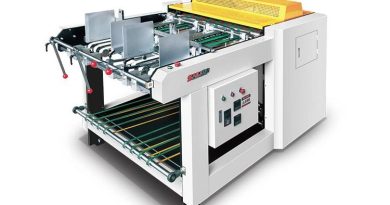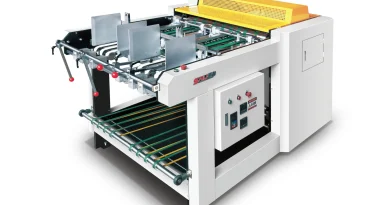“Shaping the Future of Manufacturing: The Cutting-Edge Evolution of Grooving Machinery”
In the evolving landscape of packaging and manufacturing, grooving machinery emerges as a pivotal technology, driving efficiency and innovation in the production of high-quality, precision-engineered products. This machinery specializes in creating precise grooves in materials, a critical step for folding or bending operations in various industries, including packaging, furniture, and construction. This article delves into the significance, applications, and recent advancements in grooving machinery, highlighting its indispensable role in modern manufacturing processes.
The Significance of Grooving Machinery
Grooving machinery is essential for producing clean, accurate grooves that facilitate the bending and folding of materials without compromising their integrity. This capability is particularly crucial in the packaging industry, where the demand for aesthetically pleasing and structurally sound packaging is ever-increasing. By ensuring precise and consistent grooving, manufacturers can achieve high-quality finishes that enhance the product’s appearance and functionality.
Applications of Grooving Machinery
Grooving machines are versatile, catering to a wide range of materials, including cardboard, wood, plastic, and metal. In the packaging sector, they are instrumental in the production of rigid boxes, enhancing their foldability and structural strength. In the furniture industry, grooving machinery allows for the efficient production of panels and boards that fit together seamlessly. Additionally, in the construction sector, these machines facilitate the creation of components for building frameworks and insulation systems.
Recent Advancements in Grooving Machinery
Technological advancements have significantly enhanced the capabilities of grooving machinery. Modern machines now feature computer numerical control (CNC) technology, allowing for greater precision, flexibility, and speed in the grooving process. These advancements enable the machinery to handle more complex patterns and tighter tolerances, opening up new possibilities for product design and innovation. Moreover, the integration of automation and AI technologies has improved the efficiency and consistency of grooving operations, reducing manual labor and minimizing errors.



